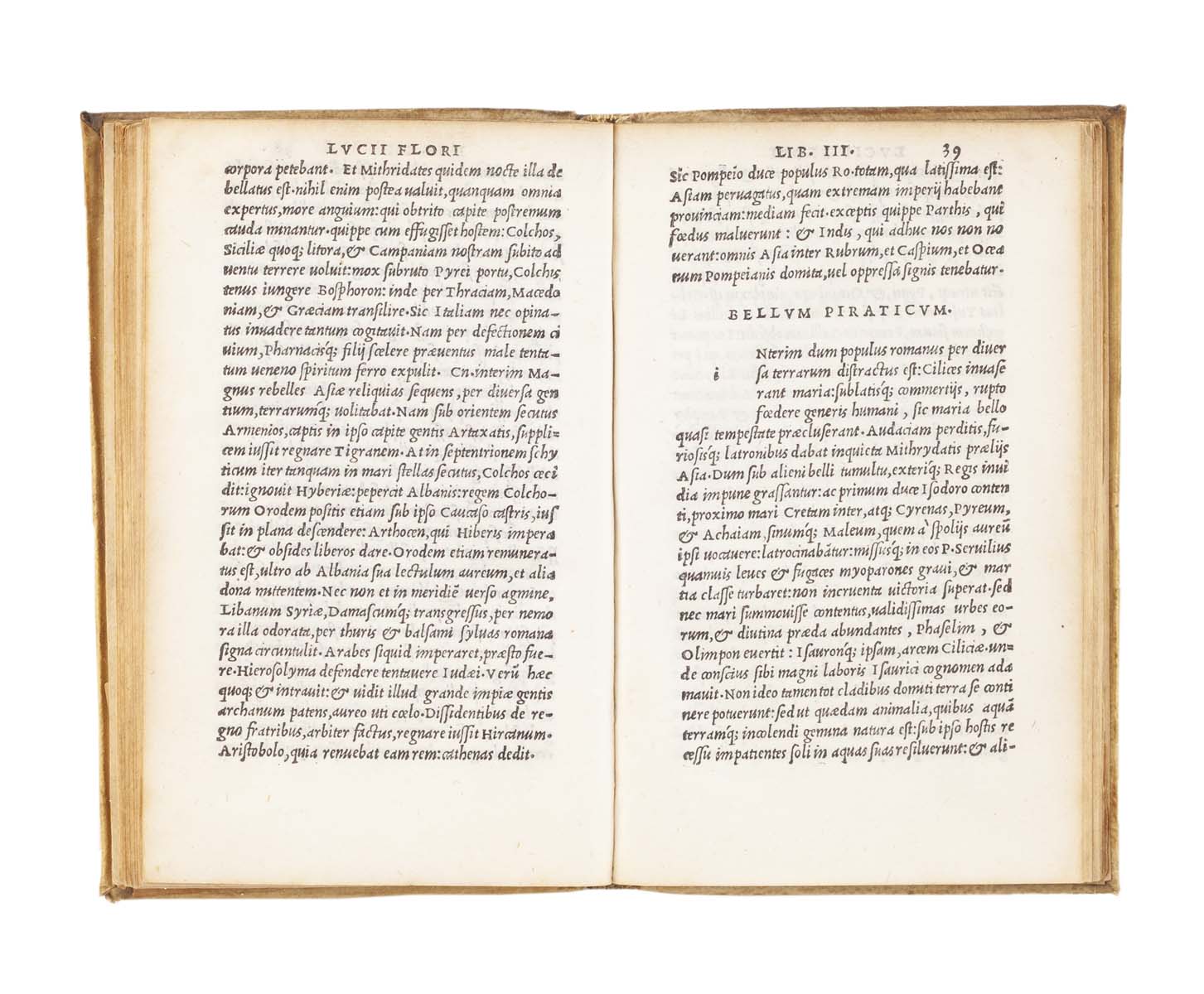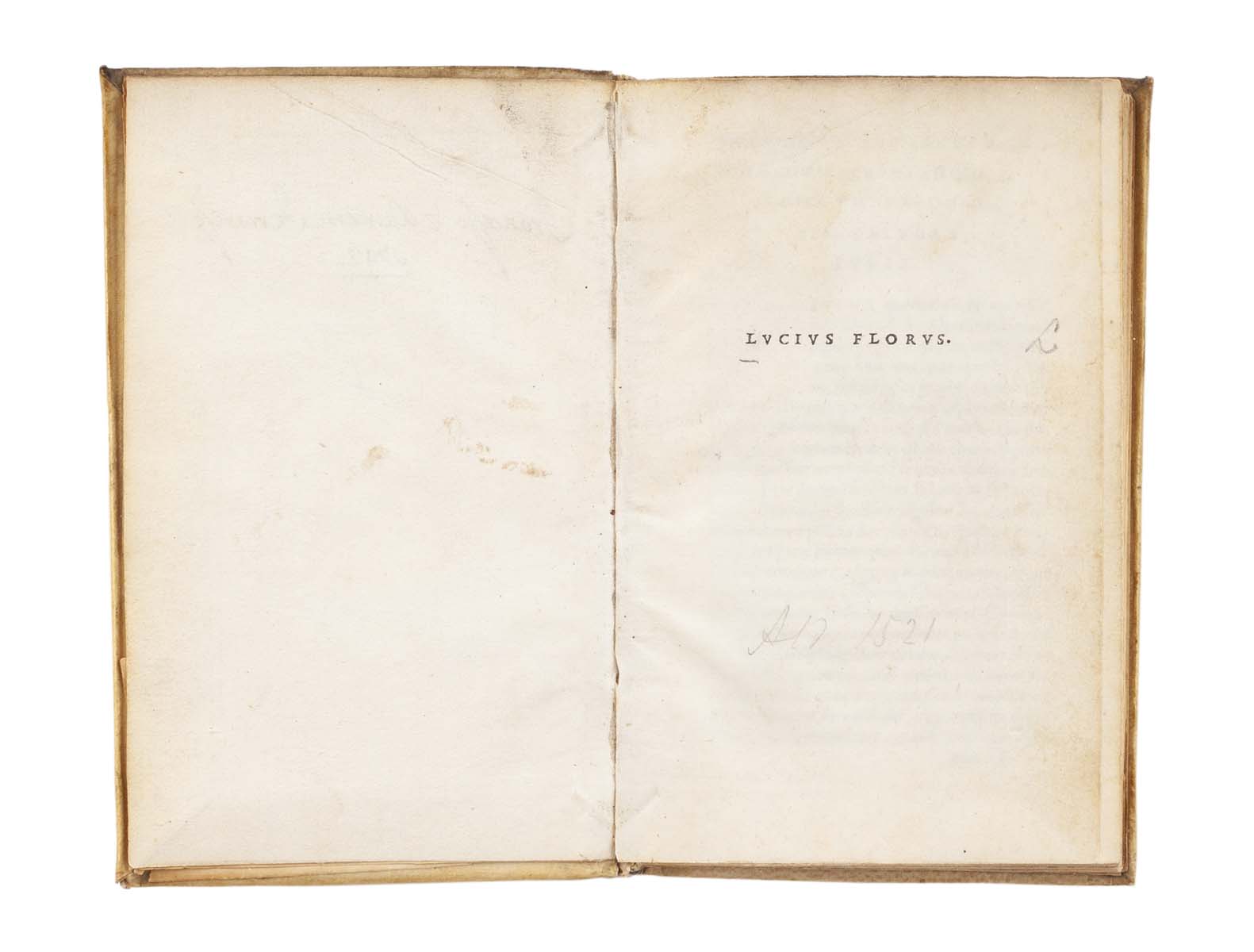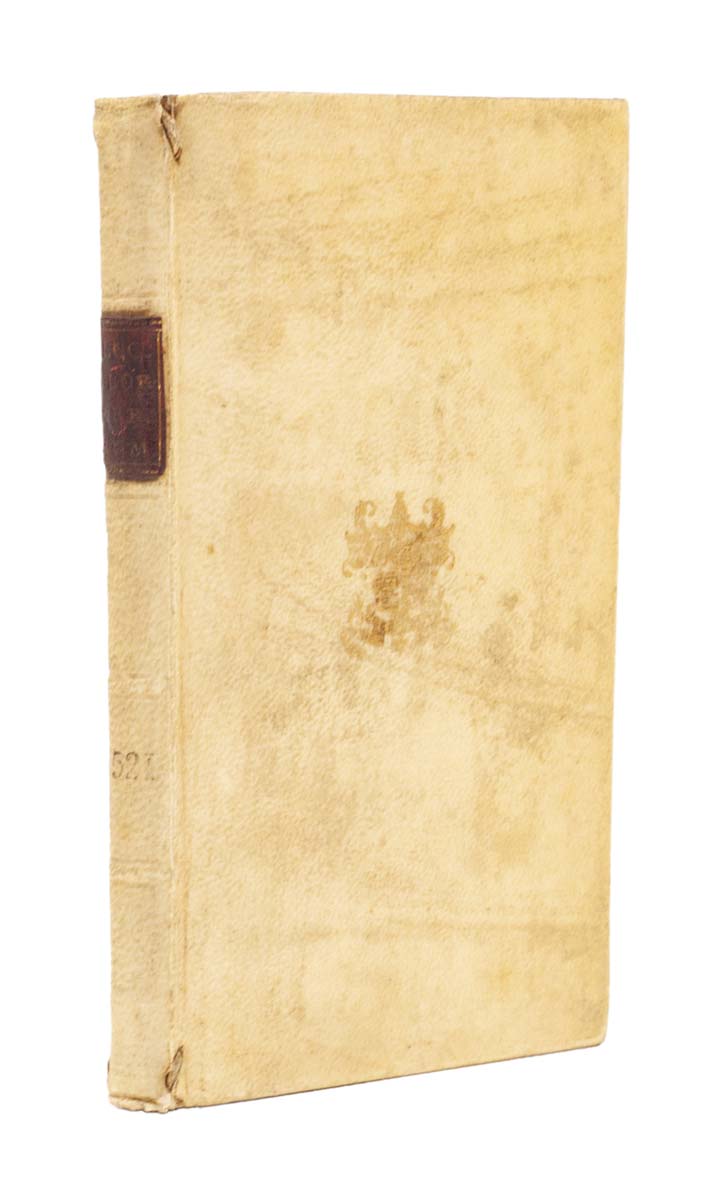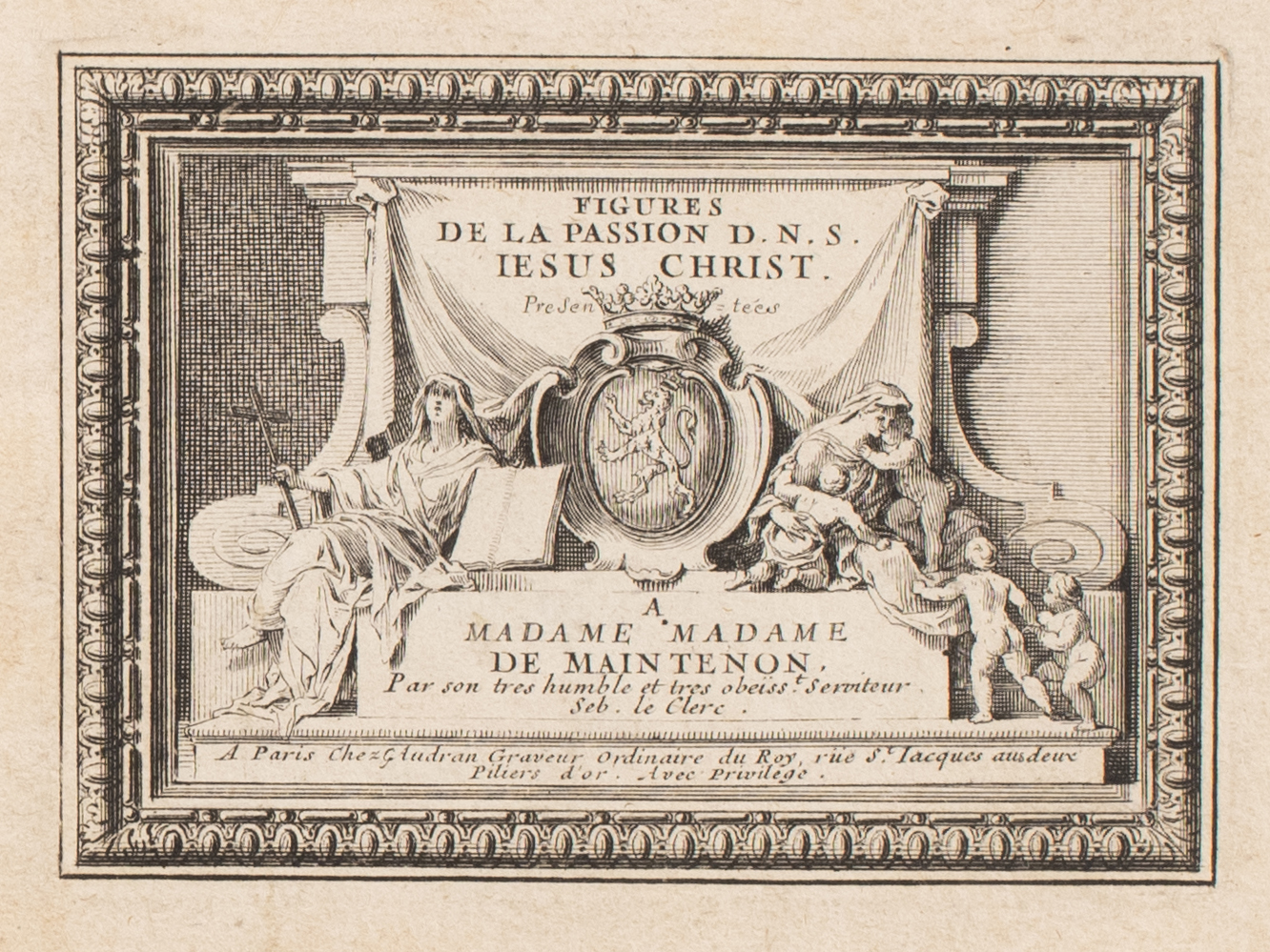


ALDINE EXTRACT
FLORUS, Lucius.
Lucii Flori rerum ab urbe condita liber primus [– quartus].
[Venice, in aedibus Aldi et Andreae Soceri, March 1521.]
8vo, ff. 67, [1 (blank)]; 4a-4h8, 4i4; title ‘Lucius Florus’ to first page, printed in italic throughout, capital spaces with guide letters; lightly toned; very good in eighteenth-century stiff vellum over boards, unidentified arms blocked in gilt to upper board, gilt red morocco lettering-piece to spine; a few slight marks, endpapers renewed; inscriptions to front flyleaf ‘Francesco Mainardi Ferrarese 1792’ and ‘J.N.B. Murray 1887’; a few contemporary marginal annotations to ff. 32-33.
Florus’s epitome of Roman history, extracted from the Aldine edition of March 1521 which comprised an epitome of Livy, Florus, and Niccolò Perotti’s translation of Polybius.
Florus’s identity is not known for certain, though he is commonly called Lucius Annaeus and identified with the second-century AD poet-friend of the emperor Hadrian. His Latin Epitome is an abridgement of Roman history up to the age of Augustus and a panegyric of the Roman people. ‘Some manuscripts describe it as an epitome of Livy, but it is sometimes at variance with that historian while it draws on the work of Sallust and Caesar and perhaps Virgil and Lucan. The style is markedly rhetorical’ (Oxford Companion to Classical Literature).
Adams L-1322; Ahmanson-Murphy 173.

